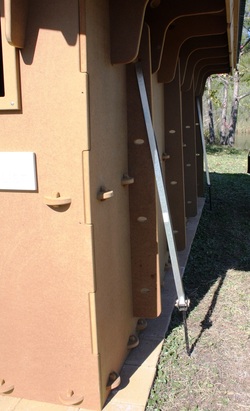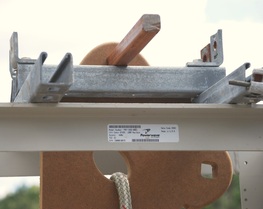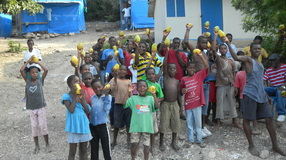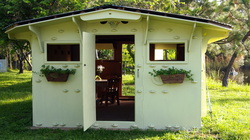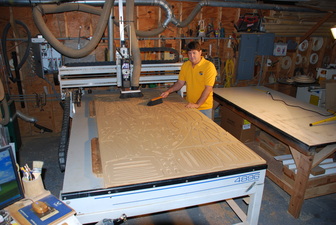
Frank Schooley, Designer | Disaster Shelter
On the day of the 2010 Haiti earthquake, furniture designer Frank Schooley was saddened and moved by the destruction he saw replayed on the news. It’s been estimated that 3 million people were affected by Haiti’s earthquake with approximately 316,000 souls perishing and 1 million Haitians left homeless. Haiti’s government also estimated 250,000 personal residences and 30,000 commercial buildings were either severely damaged or just collapsed altogether. Over three years later, sadly not much has changed. A traveler to Haiti today will find that the same disastrous construction is being rebuilt in the same dangerous way.
Being an industrious furniture maker, Frank knew he could help. Using the same techniques and materials he originally developed for his eco-friendly furniture line Terrapeg, he immediately starting drafting plans for a disaster relief shelter he calls Shelter In Day.
Learn more about Frank Schoolye's innovative disaster shelter or contact us today.
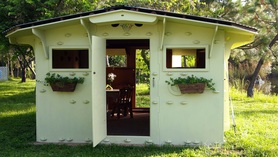
Winner of 2013 Aid and International Development Forum (AIDF) "Most Innovative Product Award." Shelter In A Day is the brainchild of eco-friendly, furniture designer Frank Schooley. Shelter's disaster recovery housing provides safe and secure, simple to construct, green homes for those displaced by natural disasters, such as hurricanes, earthquakes or floods.
The disaster shelters are a solidly constructed, termite, rust and rot resistant house, with lockable doors and windows. Homes are crafted from waterproof, recycled wood fiber material and can be easily erected anywhere, in one day.
| | |
